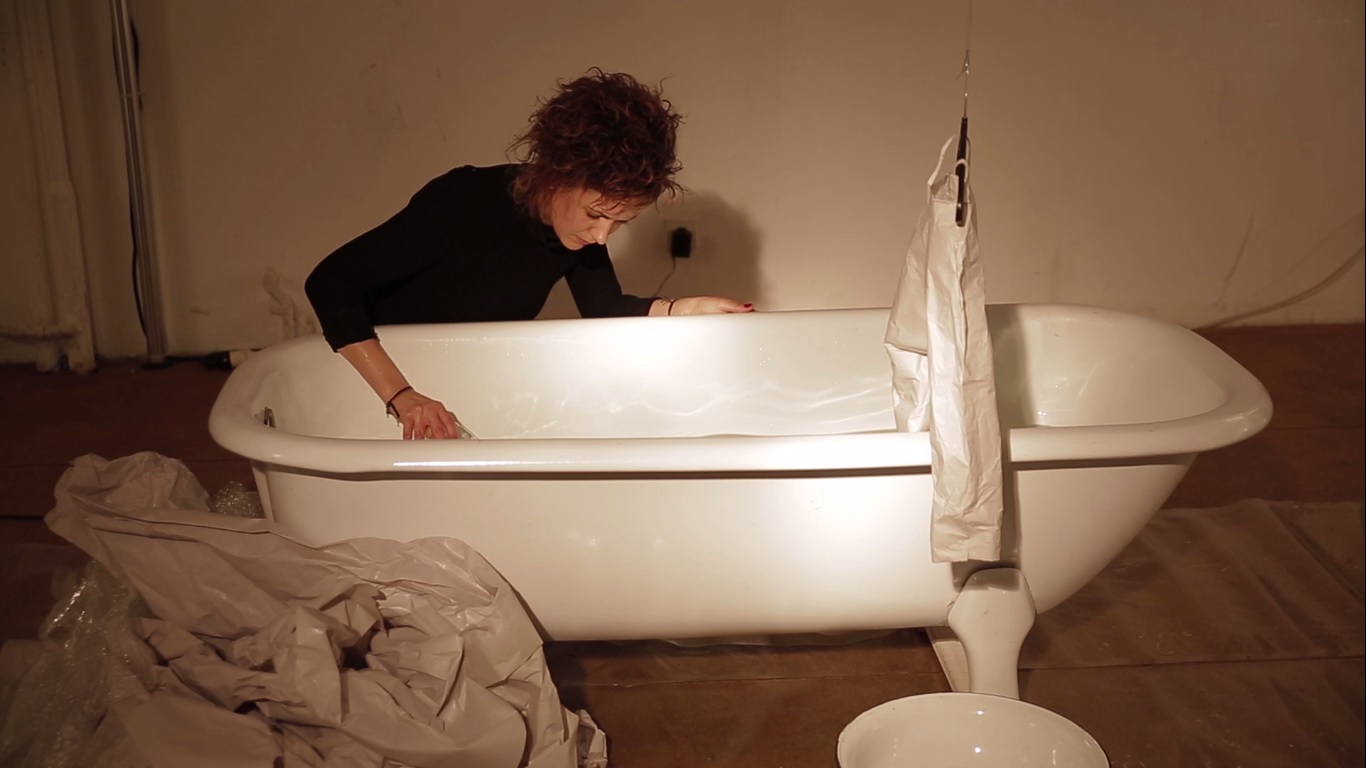A personal report on the seventh CON_TEXT event with Rike Scheffler and Jochen Roller by Florian Neuner, translated from German by Elizabeth Toole
Any one of the masses of visitors packed into the documenta showrooms in Kassel could hardly fail to notice the striking disparity between the kind of reception warranted by the numerous works of art that are kept there and what is actually appreciated. Or rather, they would find themselves in the position, simply for reasons of time, to not be able to do justice to many of the works. Some of the films projected on screens and monitors are hours long. Other artists present visitors with entire archives and extensive documentations, which would require a considerable amount of time to read or even just somewhat adequately take in. Continue reading “Text, Room, Time”











